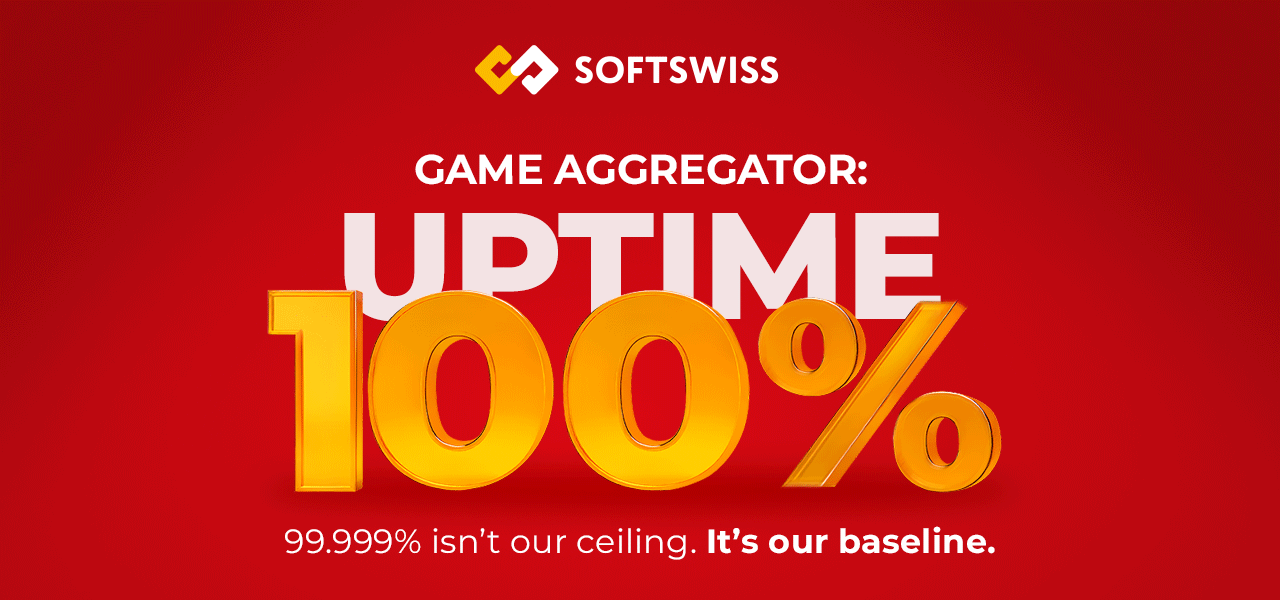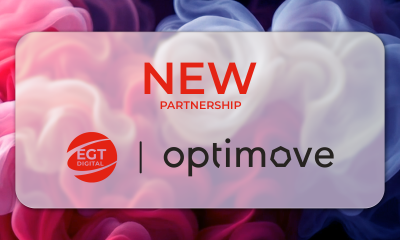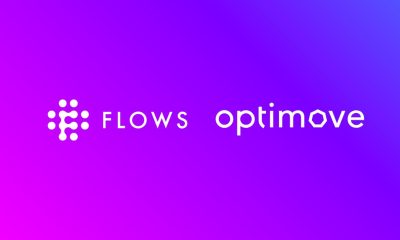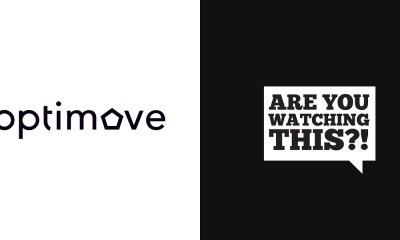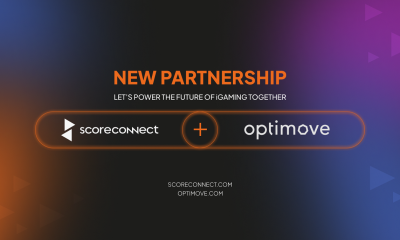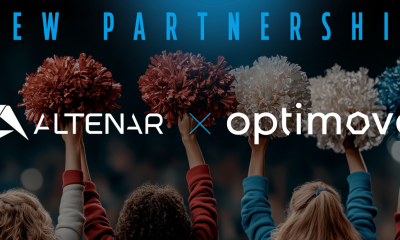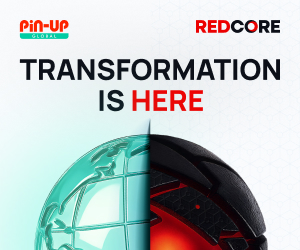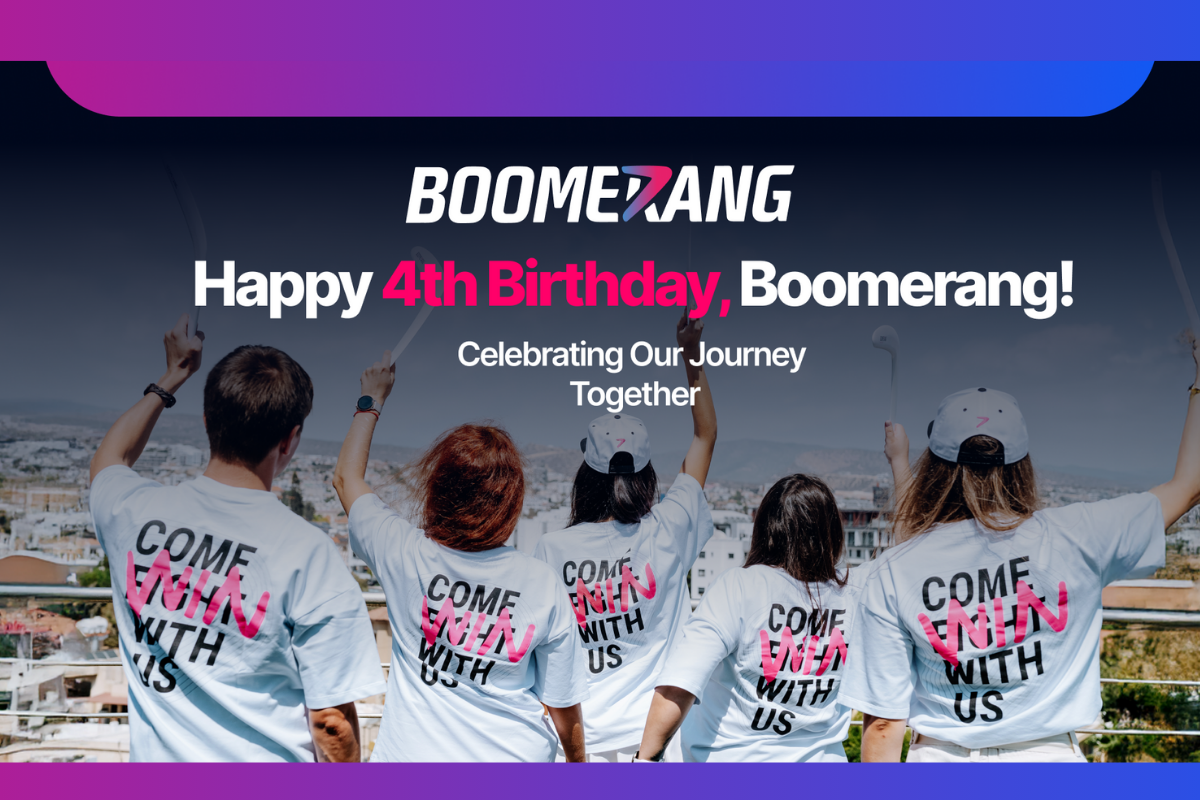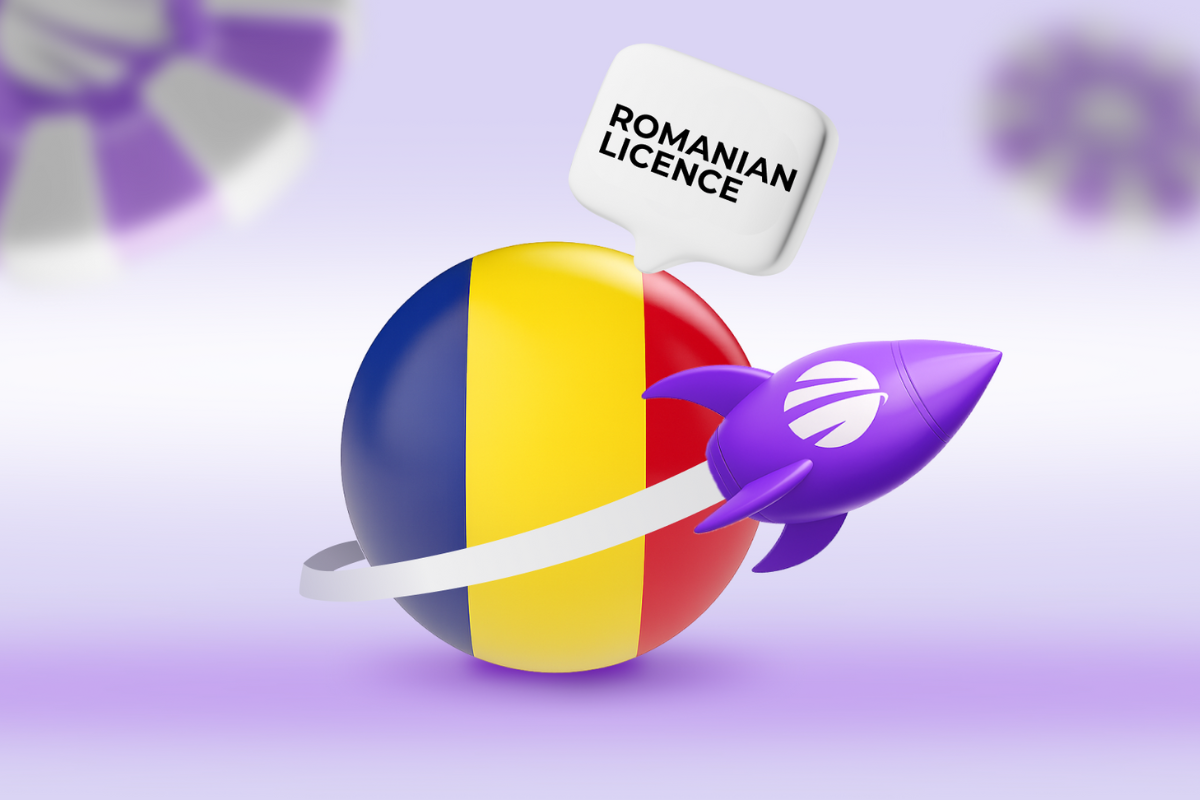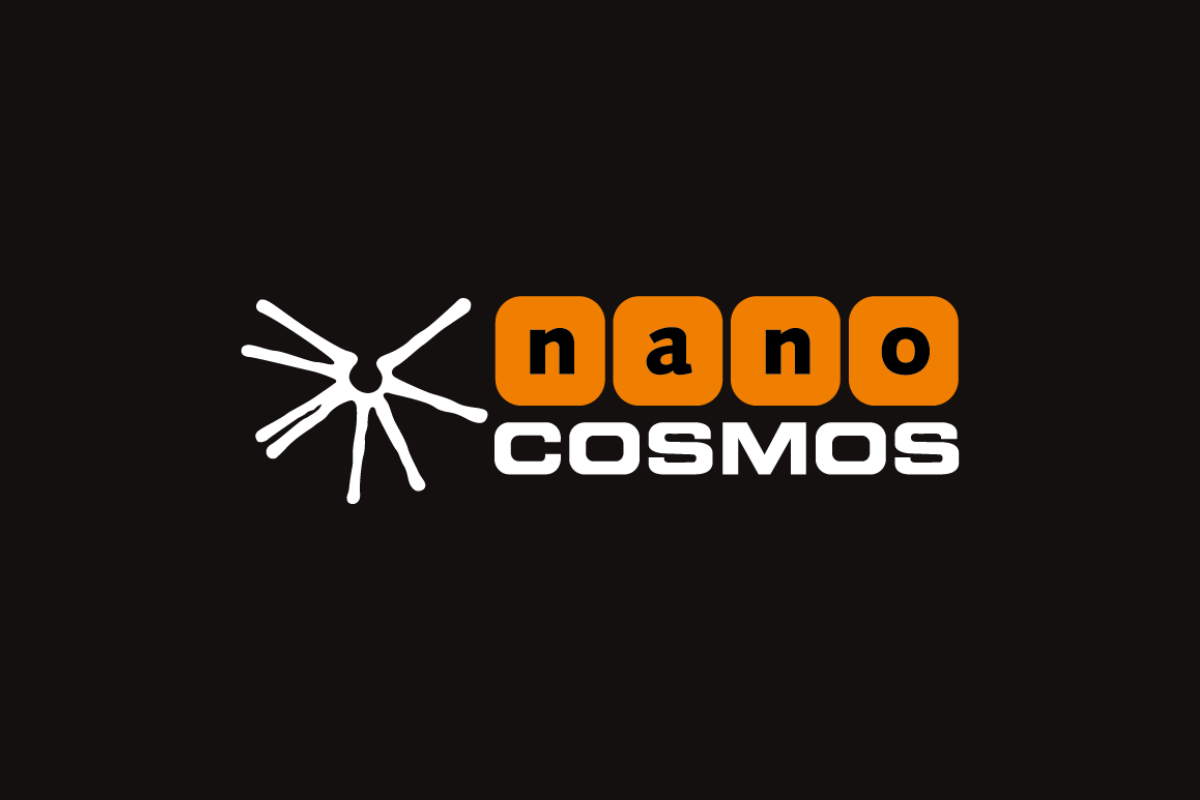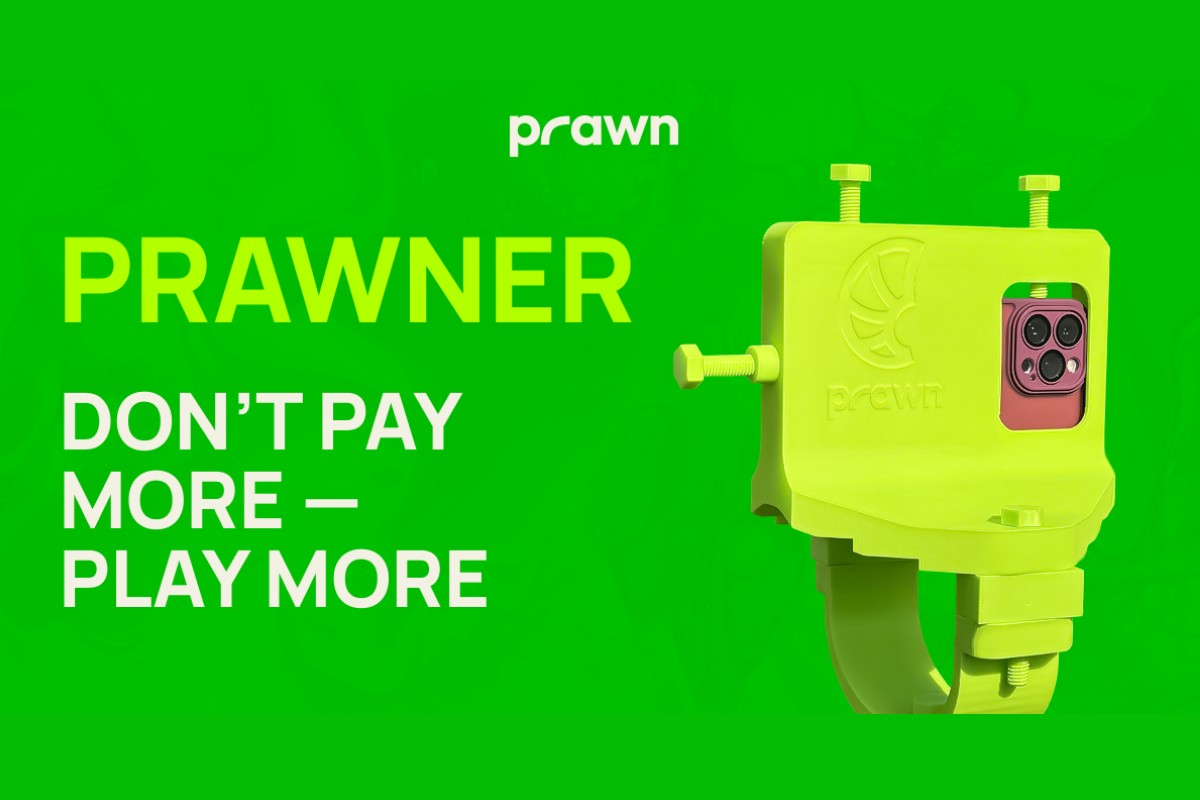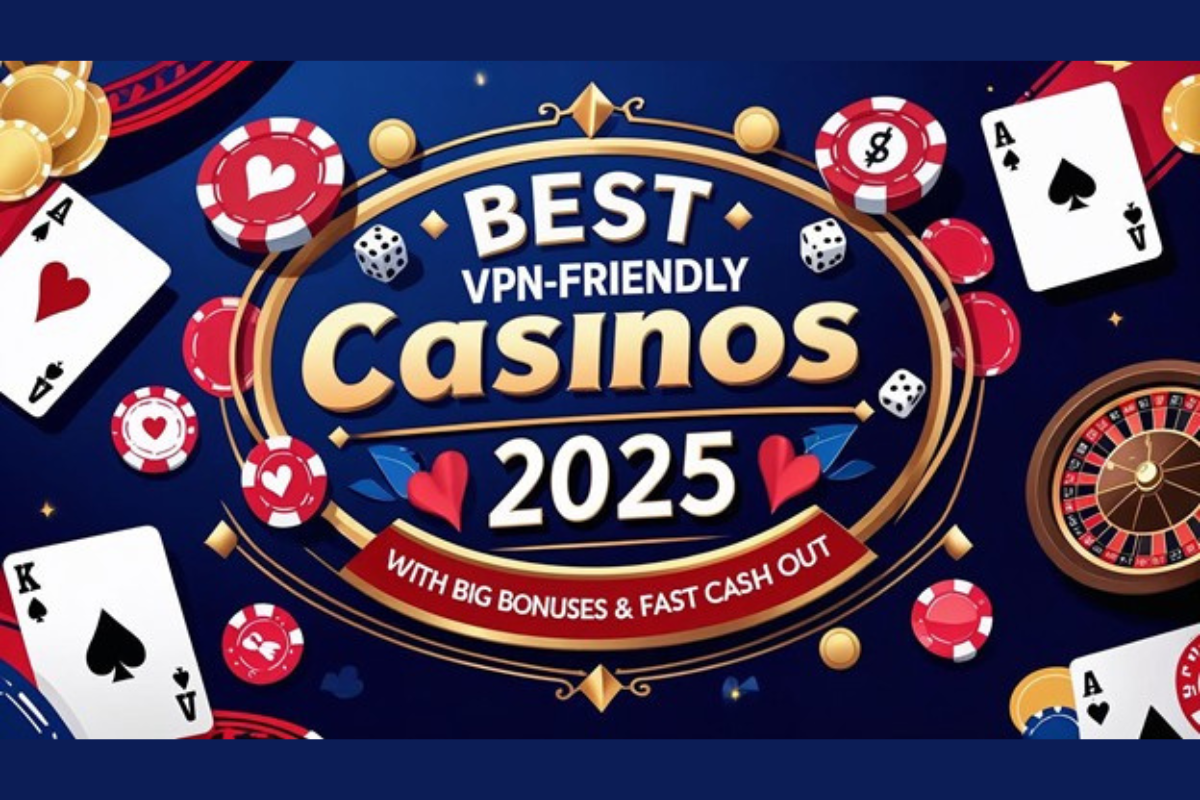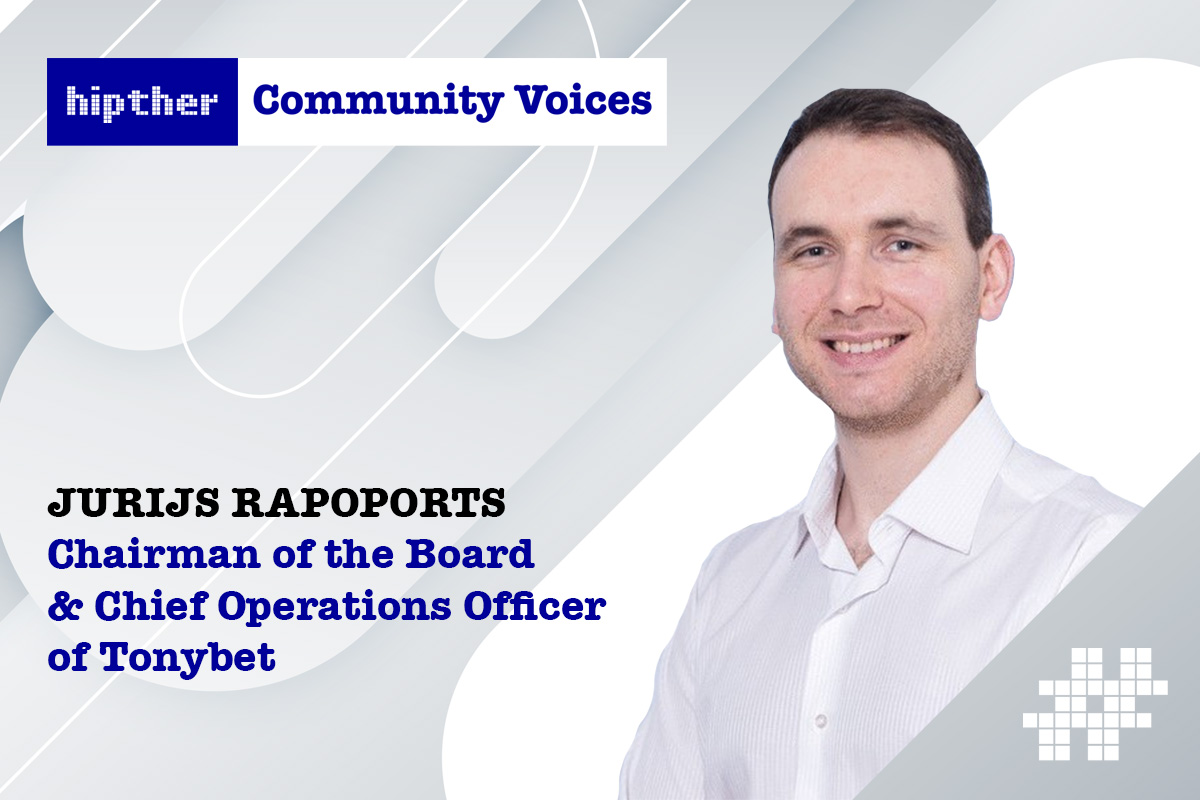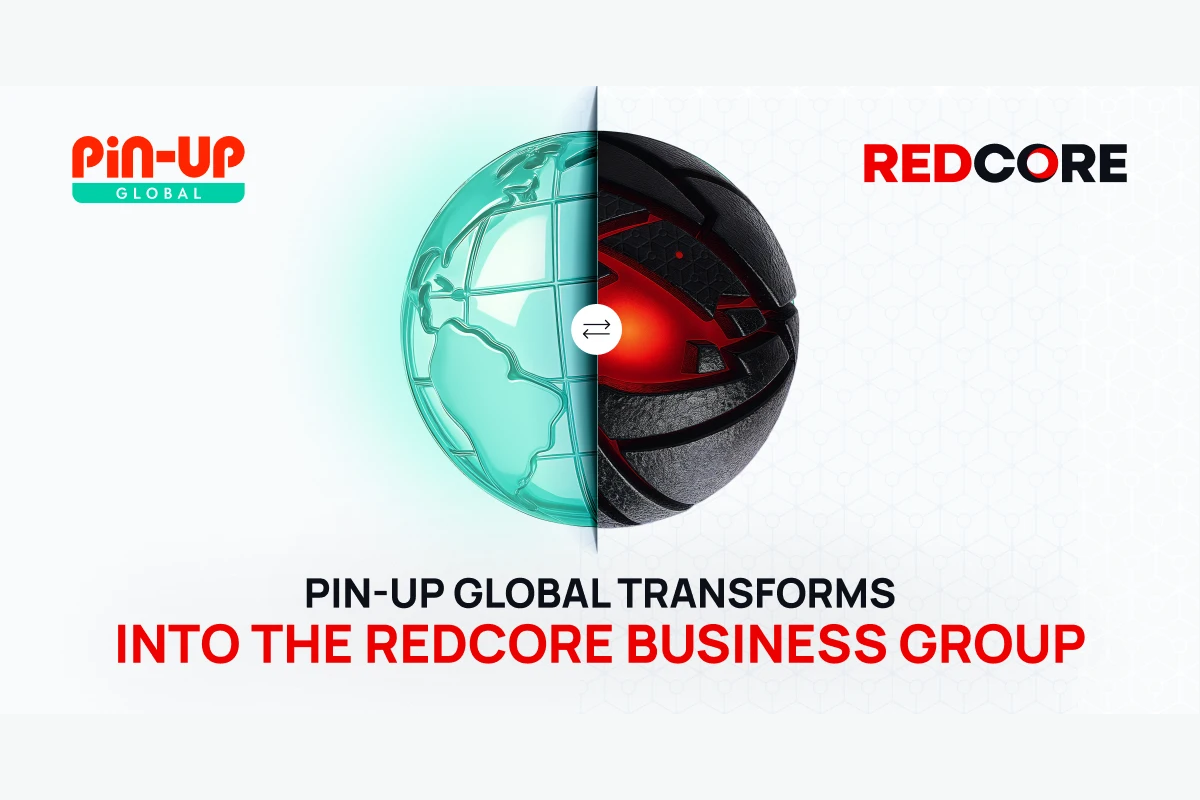Industry News
“Players Who Feel Safe Are More Likely to Stay with A Sole Operator For Longer”
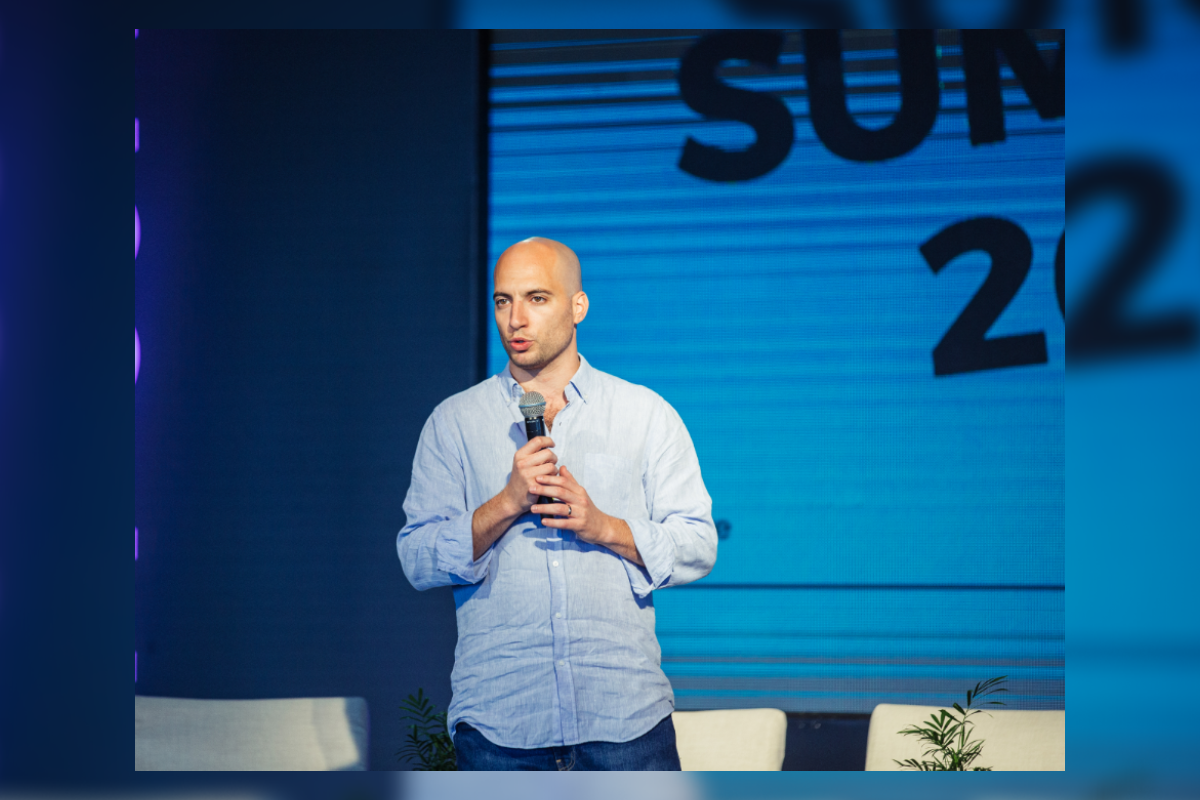
While iGaming brands amass social responsibility fines by the millions allowing unhealthy behavior go unchecked, a better way exists for both operator and player
Responsible Gaming is more than just an industry buzzword or something to look out for. It has real-life consequences for everyone involved: brands, operators and, more importantly – regular people. As the National Council on Problem Gambling marks its Gambling Awareness Month, we stopped to take stock of social responsibility in the iGaming industry – is enough being done? What is holding us back as an industry? And what will the future bring?
The Brands & Regulator
Recent years have seen a crackdown by the regulator on many iGaming fronts, specifically social responsibility or as we know it – Responsible Gaming. In 2021 brands amassed more than £15M in fines for failing to meet social responsibility regulations and protect at-risk players. The trend is gaining momentum, just three months into 2022, operators have already amassed over £15M in social responsibility fines, yes, similar to the entirety of 2021. The total sum of penalties in 2019 covering all violations? A ‘mere’ £17M. Operators need to comply and fast to keep the money on their side of the table.
The people
The human price of operators’ reluctance to comply with social responsibility regulations is clear. There are degrees of unhealthy behavior, but at its worst, a gambling problem can devastate a person’s life, affect their loved ones, mental health, livelihood, and more. The risk shouldn’t be underestimated, regulatory zeal suggests.
“From my study and understanding these pathways, it seems that the need for entertainment and escapism leads certain players. In other cases, they’re driven by more impulsivity issues and a lack of ability to control one’s behavior,” said Sally Gainsbury, Director of the University of Sydney Gambling Treatment & Research Clinic.
“This doesn’t only affect the individual themself, but also 6-10 people around them. That’s why it’s important to prevent harm before they reach this critical level.”
So what’s stopping operators from simply, you know, following Responsible Gaming regulations? “The biggest hurdle is the lack of understanding of the appropriate KPIs and required actions brought down by regulators to work best towards minimizing gambling harm,” said Gainsbury.
If operators limit their most active players, the VIPs of sorts, it’s only reasonable to assume they’ll suffer massive revenue hit, much higher than any fine. But acting on RG makes more financial sense than one might think. “In the modern iGaming world, which includes land-based casinos, sports betting, digital, and all gaming forms, you don’t have to choose between revenue and socially responsible gaming,” said Michael Pollock, Spectrum Gaming Group’s Managing Director.
“The companies that tend to be the most profitable and the market leaders are the ones that take this responsibility seriously for several reasons: One – if you’re irresponsible, you’re leaving your customers dry. You want the customer to afford what they are spending. That’s the heart of responsible Gaming. Two, if you want the public’s trust and to be recognized as one that can be trusted with their money, RG has to be front and center in your business practices. If not, you’re not going to be a market leader. And three, if you don’t take the responsibility seriously, regulators will prevent your brand from renewing your license,” added Pollock.
The solution
Optimove, the leading CRM Marketing platform, has a different approach to Responsible Gaming. It offers a predictive model to identify players-at-risk and recognizes three maturity levels of an operator regarding responsible Gaming:
- Basic – Providing players the ability to self-exclude at any time. This is typically also the most rudimentary requirement of most regulated regions.
- Competitive – Exploring the various attributes that players demonstrate before they self-exclude. By creating a segment of customers who self-excluded, operators can identify suspicious attributes to try and mitigate them and reduce the number of players who become at-risk players.
- Advanced – Implementing a machine learning algorithm that helps operators predict which players are likely to become at-risk ahead of time. Such algorithm also allows operators to differentiate between at-risk and VIP players, who often share a few similar attributes.
VIP or At-Risk?
In the UK there has been a clear move by the main Operators towards a mass market/recreational customer. The average player values dropped accordingly and VIP programs have basically came to an end. This has been driven by the concerns around problem gambling and the big overlap between what was previously described as a VIP and what is now understood to be problem gambling issues.
Many companies still have two separate departments, CRM and RG, but the reality is that the result of this operational setup and the contradictions between definitions of success in each field, means that the different teams are not necessarily driving in the same direction when it comes to player care.
Use outreach to educate
Instead of creating player journeys consisting of only promotional campaigns, operators should begin putting a heavier emphasis on educational and informative content that encourages players to adopt healthier behaviors and reduce the number of players who become at-risk.
Operators must communicate carefully in the competitive gaming market, where 1-to-1 marketing communications is still an integral part of the experience. By segmenting customers into tiers based on their risk levels and adjusting the informative-to-promotional campaign ratio accordingly, operators can maintain the marketing aspect, and improve their revenue, while instilling more robust socially responsible practices.
Metrics to monitor
If traditional CRM marketing focuses on promotional offers to measure incremental Net Gaming Revenue as the main KPI, socially responsible marketing mix needs to measure player migrations from one risk level to another and overall retention rates.
To identify the marketing strategies that work best to maintain a high level of healthy-player engagement, operators should measure their campaigns’ impact on player behavior over time. Similar to A/B/n testing different treatments, entire player-journeys should be tested to evaluate how they affect player behavior and risk-level migrations.
Using different CRM Marketing tools, like Optimove, operators can easily create entire marketing flows and monitor how players migrate from one risk level to another, and adjust their marketing strategies as necessary. Gaining insight into how both campaigns and flows perform can empower operators to optimize their marketing strategy and reduce the number of players who become at risk.
For instance, one gaming operator segmented its customers into tiers based on their low, medium, and high-risk levels. Players with a low-risk level were given the occasional promotional campaign, while players in the medium risk level received 30% of the promotional campaigns, and so forth.
The future
On the predictive side of things, there is a huge amount more that operators can be doing to identify behavioural issues at a much earlier point in the customer journey. Once predictive models – which help identify at-risk players – are in place, operators do not need take a manual binary decision on whether to cut the player off or leave them alone, but can begin taking the customer through a RG journey that may first provide instructive content around the issue. If the behaviour doesn’t change, then limits can be brought in before finally cutting the customer off.
In the near future Responsible Gaming will be integrated into all business sides and will not remain a siloed responsibility of few. That means an organizational overhaul around the issue as every department within an operator or platform must be guided by RG principles. For example, in CRM terms, it means CRM Teams will have:
- A clear understanding of what RG principles need to be followed.
- These principles will be converted to customer attributes that are easily trackable and monitorable.
- Teams will have programs in place to foment healthy gaming behavior.
- Teams will have marketing tools that autonomously redirect customers to those programs when needed (to prevent and amend situations).
Doing this at scale however is challenging which is why AI should be the lead in predicting, identifying and managing at-risk players. Once a player is identified as being at-risk, the AI algorithm will autonomously reassign them to the appropriate segment, where the messages are less salesy, focusing more on adjusting the behavior, understanding the problem better and taking a step back if needed.
-

 Africa7 days ago
Africa7 days agoGhana’s NLA Introduces New Sticker to Clamp Down on Illegal Lotto Operators
-
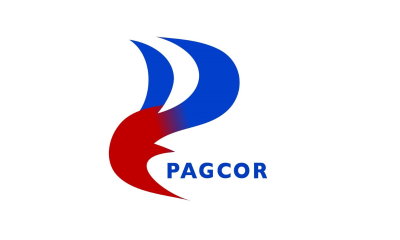
 Asia6 days ago
Asia6 days agoPAGCOR: Online Gaming fuels nation-building, but illegal sites pose risks
-

 Africa7 days ago
Africa7 days agoRise & Hustle partners with Altenar to power its new sportsbook offering
-

 Central Europe7 days ago
Central Europe7 days agoCT Interactive Announces Strategic Partnership with Ecasino
-

 Eastern Europe7 days ago
Eastern Europe7 days agoDigitain Strengthens Romanian Market Presence Through KingCasino Partnership
-

 Latest News7 days ago
Latest News7 days agoCasino Playa de las Américas Implements JCM’s ICB Technology
-

 Compliance Updates7 days ago
Compliance Updates7 days agoElizabeth Varley, solicitor at licensing law firm Poppleston Allen, shares a handy refresher on the UK’s statutory levy, including the who, how much, why and how to pay
-

 Conference7 days ago
Conference7 days agoBetConstruct to Participate in SBC Summit Lisbon 2025

